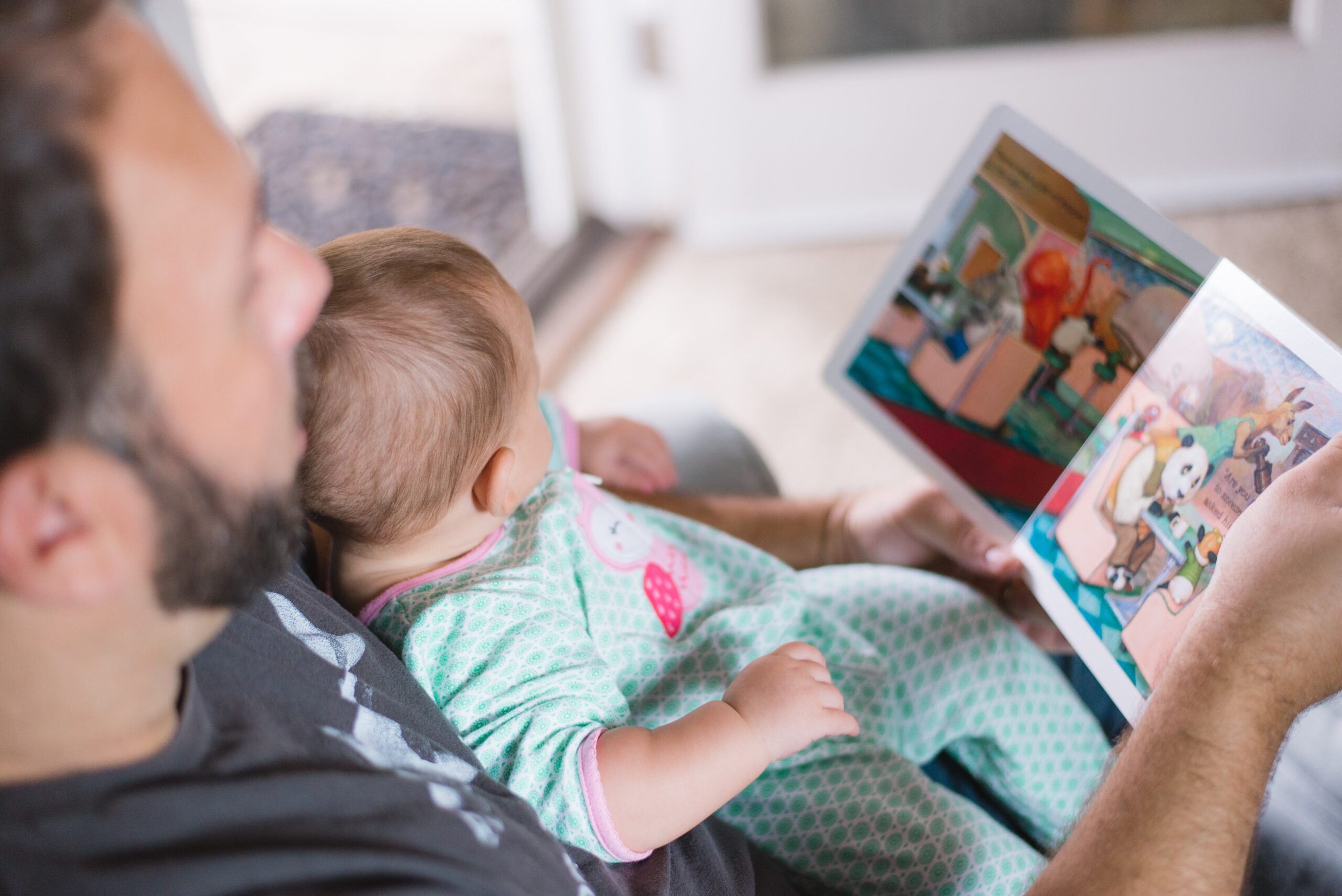
The Power of Waiting
Waiting is one of those strategies that seems so simple, but it’s powerful! When you wait, you give your child time to process the words they are hearing and time to respond.
It may feel long time, but try waiting 3-5 seconds to give your little one time. Look at them expectantly to cue them it’s their turn.
What are you waiting for? It might be word, but it might also be a gesture, sound, reach, or even a wiggle. All of those are okay! The magic is in waiting for their response and then responding to that.
Pressure and Talking
We know that pressure can be counterproductive in helping little ones talk. In study, researchers found that children of parents who changed their behavior regarding pressure on the child improved more on expressive vocabulary (Kruythoff-Broekman et al, 2019).

Here are 3 ways to use waiting to help your toddler talk:
1) Give a choice….and then wait: Say the name of the one your child reaches for. If they reach for both, say the name of the one you think they wanted or even by saying both, “You want the apple and the banana”
2) Model the word 2-3 x …and then wait: Even just hearing a word several times in really intentional way can be a powerful way to help your child learn and say new word. Wait in between models to give them time to process and imitate (if they are ready)
3) Forget to do something…and then wait: This one is all about creating an opportunity for your child to communicate. The point isn’t to “make them say it,” but to wait for them to do something (look, give, make a sound) and then respond to that. An example would be giving them an unopened snack and then waiting before you model “open!”
Want to see these strategies in action? Check out the video below:
Want more strategies to help your toddler talk? Grab my free Late-Talker Action Plan Here
References:
Astrid Kruythoff-Broekman, Carin Wiefferink, Carolien Rieffe. Parent-implemented early language intervention programme for late talkers: parental communicative behaviour change and child language outcomes at 3 and 4 years of age. International Journal of Language and Communication Disorders, 2019, VOL. 00, NO. 0, 1–14






